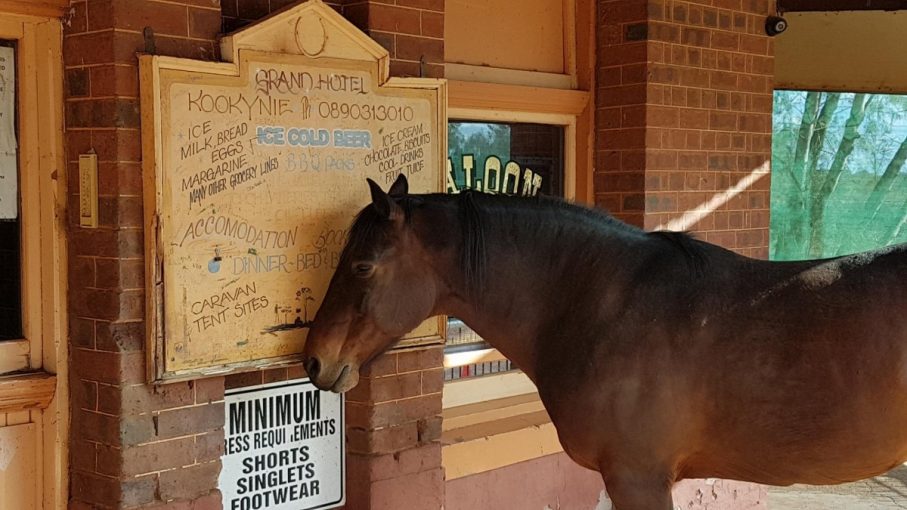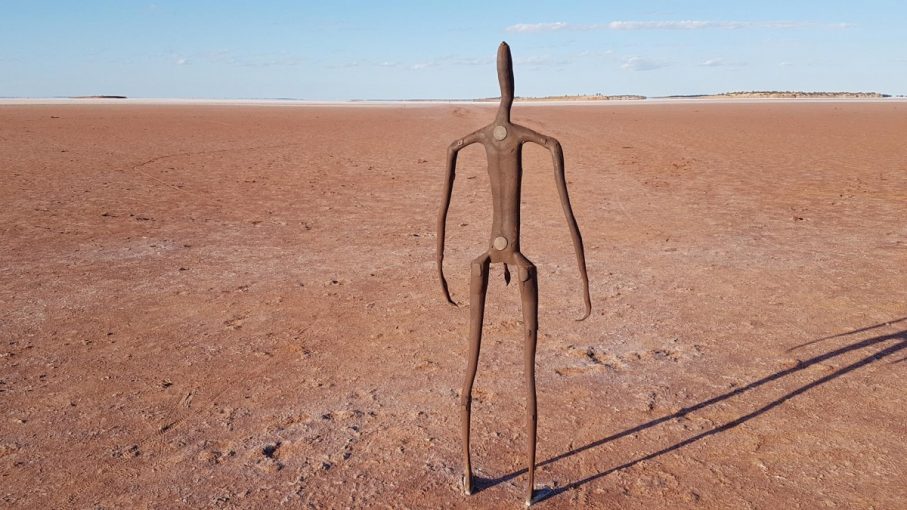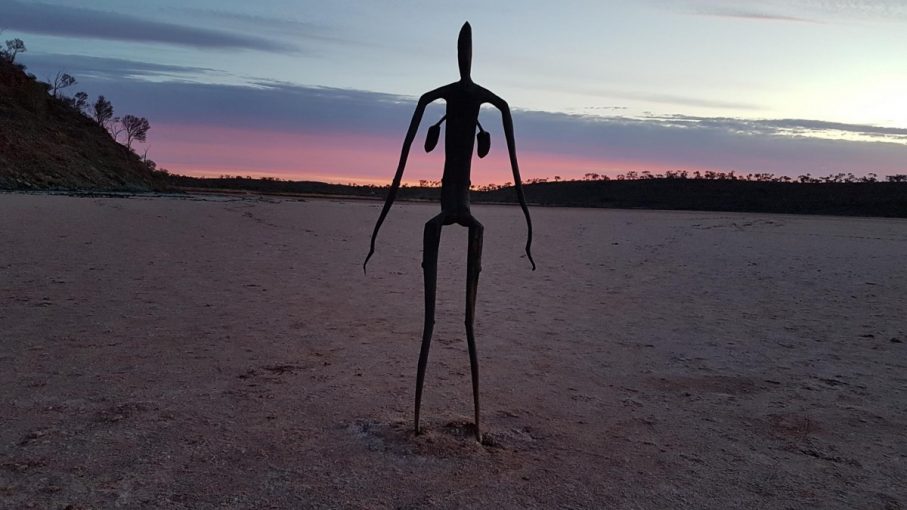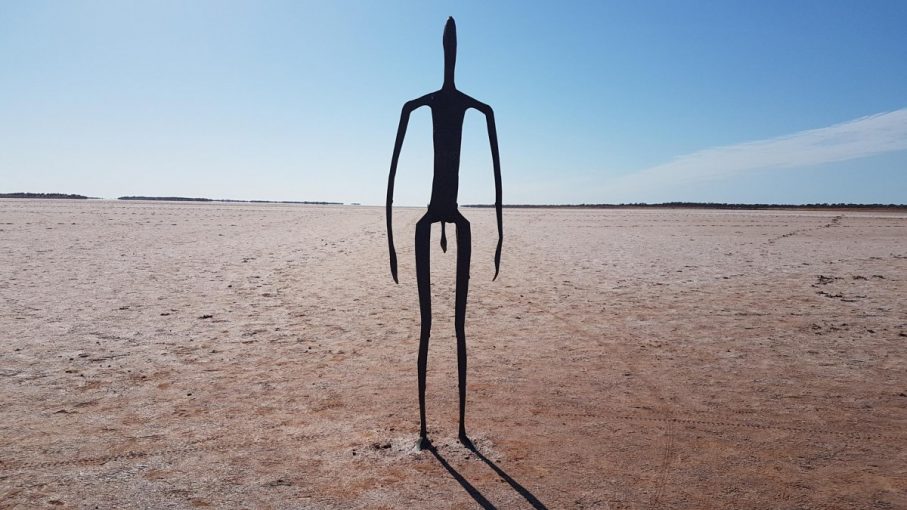It came as a shock. I felt disheartened. I hadn’t been back for years. It was my childhood home, a small South Australia country town where my parents owned a general store. They built it into a thriving business. It was part of my wonderful years of growing up. Now, decades later, along with changes in the rural industry, the store was non existent. The building and adjoining home in disrepair. I reflected back to the days when it was one of the friendly hubs of the community. Customers would stop for a chat amongst the well stocked aisles. Meanwhile, us kids would be packaging bags of spuds and sugar for the shelves.
But now, the aisles were empty, the door boarded over. The shop floor we diligently washed each Saturday after closing, now scattered with rubbish and dirt. The subsequent owners, along with much of the population, long gone.
It’s hard to imagine the bustling communities that once sprung up in the late 1800’s
At least some form of that rural community still exists. Not so here in many parts of the Western Australia goldfields. It’s hard to imagine the bustling communities that once sprung up in the late 1800’s with each discovery of gold. Railways were built, mines opened. And impressive for its day, huge steam driven winch machines imported from London to operate the mine shaft lifts. Pubs. Not just one, but multiple pubs. Where the beer would flow as long as the yarns. Migrant Greek and Italian workers, imported for their cheap labour with the promise of new opportunities, would gather to reminisce about their life back home.
Then, within a few decades, almost as if overnight, a ghost town. Leaving just the weathered crumbling remnants of the town’s few remaining buildings. Homes that would have witnessed the full roller coast of the human spirit. Where the only residents who now remain are the faces and their stories now lining the walls of the local museums. Stories of optimism, joy, sadness, the challenges of living in such harsh conditions. But above all, the comradery, friendships and community bonds that formed. Then the disheartening end when it was all over.
an amazing example of the goldrush of nature
Interestingly, there’s a similarity with nature. Lake Ballard, here in the Goldfields region is an amazing example of the goldrush of nature.
The lake spends most of its life as a dry crusty flat salt plain. Its main attraction are dozens of human form sculptures sparsely spread over a couple kilometers of the lake.
Each figure curiously gives a sense of hope as it then draws you to the next one. Only to then discover on the horizon, there’s another figure calling you.
There’s clearly an intentional striking feature of each figure. Perhaps, like the lake it stands on, it is to represent that part of human life that lays for the most part dormant. But which at the right time has the amazing power to create and nurture new life.
And so it is with this massive lake. It spends most of its life just being a dry salt pan. But once or a few times in a lifetime, the monsoon rains extend south to awash the barren lake with water. Then the magic happens. Shrimp that has laid dormant in the salt crust for all those years suddenly comes to life. Fish spawn to fill the lake. The magic of nature doesn’t end there. Pink Flamingos fly over a thousand kilometers to the lake. Here they will feed on the new supply of fish, nest and reproduce. When the lake dries, they leave. Their purpose fulfilled. Returning only years later when the lake fills again.
nature has been teaching us this all along. Opportunities come maybe once or several times in a lifetime.
In reality, nature has been teaching us this all along. Opportunities come maybe once or several times in a lifetime. Just like those flamingos, the gold rush or my parents thriving business, luck is no more than being prepared to seize the opportunity. But when the time has passed, it’s time to bear the pain of change. To express thanks of gratitude and move on.
Nature, as well as history demonstrates, it is futile trying to hang onto the past. Afterall, isn’t that what memories are for?



































